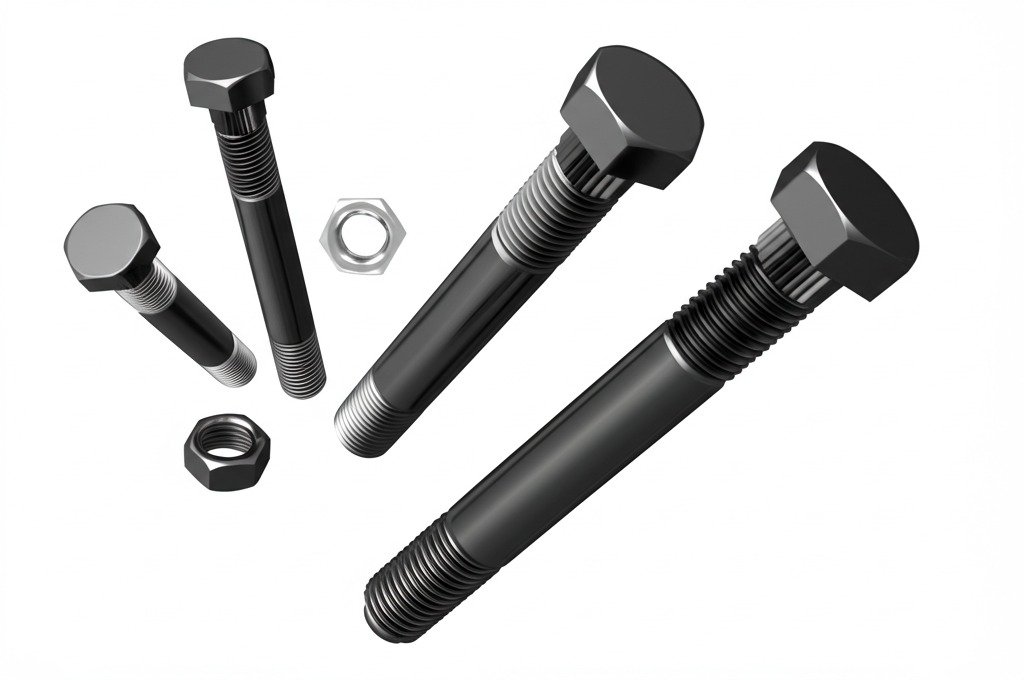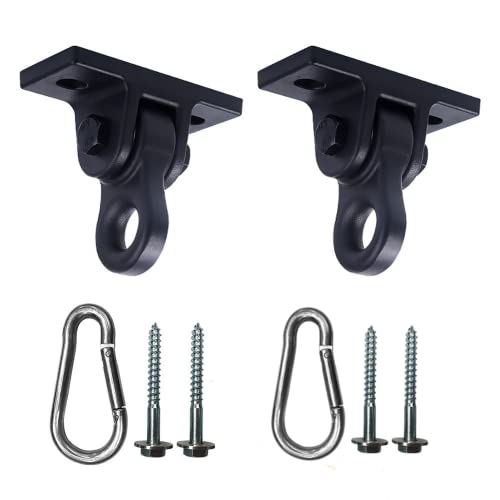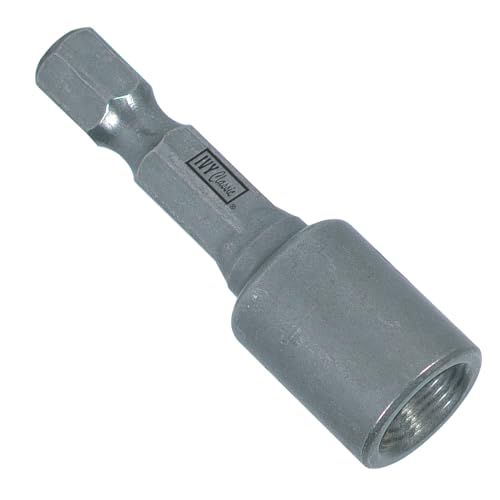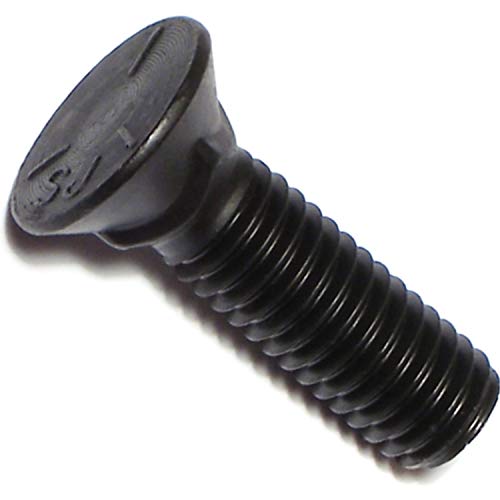By Nicolás Longo LinkedIn
(As an Amazon Associate we earn from qualifying purchases)
Bolts are essential fasteners that keep structural assemblies secure and reliable. This comprehensive guide dives into the vital topic of bolt quality and safety. It explains how to prevent common issues such as loosening, cross-threading, and failure while maintaining optimum performance in industrial and construction applications. Drawing on original research, expert recommendations, and data-backed insights, this article provides a wealth of technical advice alongside fun facts and comparative analysis. Whether you are an engineer, contractor, or a DIY enthusiast, understanding bolt quality is crucial for avoiding safety hazards and costly repairs. Expert evaluations and technical details empower you to make informed purchasing decisions for high-quality bolts.
Ensuring Bolt Quality for Reliable Performance
Bolts that meet rigorous quality standards provide lasting reliability. Ensuring proper manufacturing, certification, and installation of bolts is critical in reducing maintenance issues and operational risks. Quality bolts are typically produced under strict industry standards such as ASTM, ISO, and DIN. By adhering to these standards, manufacturers guarantee that each bolt exhibits uniform dimensional accuracy and load-bearing capacity. An emphasis on high-quality bolts has been shown to decrease mechanical failures by up to 20% (Engineering Toolbox). Equally important is the usage of specialized coatings and precise torque application, both of which significantly contribute to bolt longevity. Investing in quality bolts minimizes risks and ensures your construction or industrial project remains safe over time.
The Dangers of Bolt Loosening and Cross-Threading
Bolt loosening and cross-threading are serious concerns that compromise safety and performance. Loosening occurs when bolts gradually lose their clamping force over time due to vibration, thermal expansion, or improper installation. Cross-threading, by contrast, can happen when the bolt is not aligned correctly during tightening. These issues may lead to catastrophic failures in load-bearing structures. To mitigate these risks, it is essential to follow manufacturer guidelines regarding torque values and use appropriate thread-locking compounds. Research indicates that regular inspection and maintenance routines can reduce bolt-related failures by nearly 15% (SAE International). These preventive measures are key to keeping bolts secure and ensuring overall structural integrity.
Key Strategies for Maintaining Bolt Safety
Several strategies are effective in maintaining bolt safety and preventing common issues. First, proper installation techniques are paramount. Always use calibrated torque wrenches to achieve the correct bolt tension without overtightening. Second, select bolts that are appropriate for your application—consider material, size, and coating options. Third, implement a routine inspection and maintenance schedule to detect early signs of wear or damage. Expert recommendations suggest that investing in high-quality and certified bolts ensures a significant reduction in rework and failure rates. Additionally, training personnel in best practices for bolt installation and maintenance further enhances overall safety. These measures collectively contribute to a more robust, long-lasting fastening solution in any assembly or structure.
Technical Insights on Bolt Failure Modes
Understanding the root causes of bolt failure is essential for preventing them. One common failure mode is fatigue, which occurs under repeated stress cycles that eventually exceed the bolt’s material limits. Another failure mode is corrosion, which gradually degrades bolt strength and leads to breakage. High temperatures and environmental factors may also accelerate these processes. Comparative studies have demonstrated that bolts produced under modern manufacturing conditions exhibit up to a 25% increase in resistance to fatigue compared to older designs (ASME). Moreover, using bolts with advanced anti-corrosion coatings can extend their service life dramatically. These technical insights highlight the importance of selecting bolts that are specifically engineered for high-performance and harsh environments.
Preventive Measures Against Bolt Loosening
Active monitoring of bolt tension and periodic retightening is among the most effective ways to prevent loosening. The use of thread-locking adhesives or chemical locking compounds further increases the resistance against vibration-induced loosening. In scenarios subject to heavy dynamic loads, employing lock washers or specialized locking nuts can also be beneficial. Field studies have shown that structures using these preventive techniques experience 30% fewer bolt-related maintenance issues (NACE International). Proactive maintenance—including torque checks and reapplication of adhesives—helps maintain the necessary clamping force over time. This thorough preventive approach not only enhances bolt performance but also prevents incidents that could lead to costly downtime and safety hazards.
Avoiding Cross-Threading During Installation
Cross-threading is a preventable error that can occur during manual installation, particularly if tools or alignment techniques are substandard. Using high-quality tools and ensuring that the threads on both the bolt and the corresponding nut are clean and undamaged is essential. Additionally, following the recommended starting position and aligning the bolt properly before applying torque are critical steps. Many modern bolts feature self-aligning designs to reduce the likelihood of cross-threading. Comparative analysis reveals that assemblies installed with proper alignment protocols are 40% less likely to encounter cross-threading problems (McMaster-Carr). By adopting best practices during installation, you can safeguard your assemblies from potential bolt failure.
Expert Recommendations on Bolt Selection and Installation
Experts in fastener technology emphasize a holistic approach to bolt quality and safety. They advise that proper planning involves selecting bolts with the correct material properties and certifications. Expert guidance also involves ensuring that installation tools are calibrated correctly and that the personnel involved are well-trained in fastening practices. Technical manuals, industry standards, and manufacturer data sheets should be consulted to verify that the selected bolts are appropriate for the specific application. Peer-reviewed research and technical assessments from sources like IEEE Xplore further support these recommendations, offering in-depth analyses of bolt performance under various load conditions. Following these expert recommendations reduces the risk of bolt failure and enhances overall structural performance.
Innovative Technologies for Monitoring Bolt Integrity
Advances in sensor technology have introduced smart bolts that provide real-time monitoring of tension and strain. These innovative fasteners incorporate embedded sensors and wireless communication systems to relay data continuously. They enable early detection of issues such as loosening or stress imbalances before they lead to failure. Field implementations of smart bolting systems have reduced maintenance incidents by nearly 20% in high-risk environments (ScienceDirect). Digital monitoring of bolt integrity is rapidly becoming a standard in critical structural applications. This technology not only enhances safety but also provides valuable data for predictive maintenance, allowing for proactive interventions that prevent failures.
Ensuring Consistency Through Quality Assurance and Testing
Rigorous quality assurance and testing protocols are essential to ensure that each bolt meets the necessary safety and performance standards. Testing methods such as tensile tests, fatigue tests, and corrosion assessments provide detailed performance metrics. Regular quality audits and certifications, such as those provided by ASTM, ISO, or DIN, offer additional assurance of bolt integrity. Advanced testing facilities employ automated systems that measure bolt dimensions and material properties with high precision. Quality control data has shown that bolts produced under these stringent protocols exhibit significantly fewer defects and more consistent performance characteristics. Adhering to these quality assurance practices is critical for maintaining the reliability of bolts across all applications.
Practical Tips for End-Users
For those who rely on bolts in their projects, here are some practical tips to improve safety and performance:
- Always use a calibrated torque wrench to avoid overtightening or insufficient tightening.
- Regularly inspect bolts for signs of corrosion, deformation, or loosening.
- Clean threads before installation to prevent cross-threading.
- Utilize thread-locking compounds or lock washers in vibration-prone environments.
- Follow manufacturer guidelines and consult technical data sheets to verify compatibility for your application.
Employing these practical tips can increase the lifespan and reliability of bolts, directly contributing to safer and more efficient assemblies.
Data-Driven Outcomes and Long-Term Savings
Investing in quality bolts is not only about immediate safety but also about long-term cost savings. Data from multiple industry studies indicates that high-quality, properly maintained bolts can reduce maintenance costs by up to 15% over the service life of a structure (Engineering Toolbox). The reduction in downtime, repair incidents, and replacement costs contributes to overall operational efficiency. When bolts are maintained according to best practices and installed with precision, the cumulative benefits in safety and reliability are significant. This data-driven approach underlines that spending on quality bolts translates into financial savings and enhanced project outcomes.
An Integrated Strategy for Bolt Safety
A robust strategy for bolt safety involves integrating proper selection, accurate installation, and ongoing monitoring. By combining preventive measures against loosening, vigilant techniques to avoid cross-threading, and the use of innovative sensor technology, you create a comprehensive safety protocol. This integrated approach ensures that bolts remain secure and perform optimally under varied conditions. Whether in heavy industrial settings or precision engineering projects, each step—from procurement to installation and maintenance—plays a pivotal role in sustaining bolt quality. Adopting an integrated safety strategy ultimately fortifies your assemblies and drives superior long-term performance.
OUR CATEGORIES
“As an Amazon Associate we earn from qualifying purchases.”































































































Leave a Reply